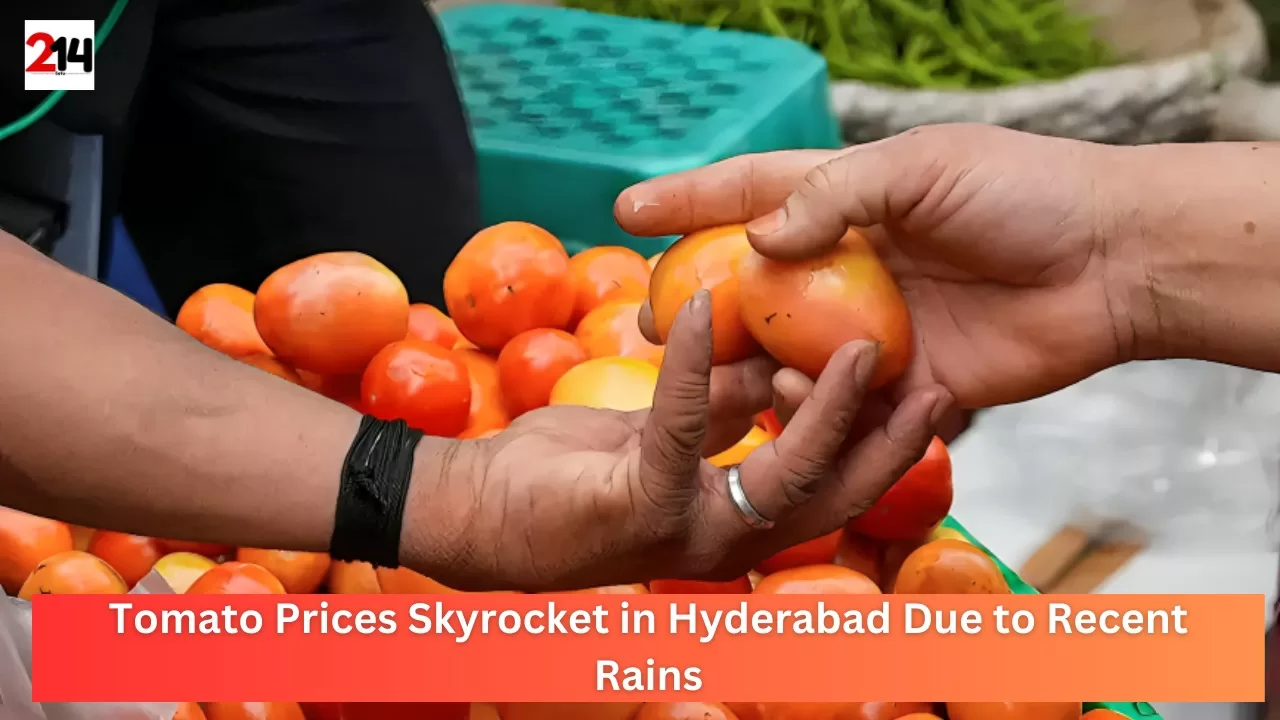
In recent weeks, Hyderabad has watched a dramatic surge in tomato prices, largely due to the adverse weather conditions that have severely impacted the crop yield. As a main in Indian cooking, the sharp increase in prices has had an Important effect on both consumers and businesses.
Impact of Weather on Tomato Crops
The recent heavy rains have caused substantial damage to tomato crops, particularly in the Vikarabad and Rangareddy districts. These areas, which are crucial suppliers of tomatoes to the region, have seen their yields drastically reduced due to the excessive rainfall. This reduction in supply has created an Important imbalance between supply and demand, leading to a steep rise in prices.
Current Market Scenario
As of now, tomatoes are being sold at Rs. 80 per kilogram in the Gudimalkapur market. However, in smaller villages and markets, the prices have exceeded Rs. 100 per kilogram. This represents a significant increase from the prices observed just a few weeks ago, which ranged between Rs. 35-45 per kilogram. The price hike is even more pronounced in certain areas, with reports indicating that tomatoes are being sold for over Rs. 100 per kilogram.
Effects on Consumers and Businesses
This steep rise in prices has forced consumers to reduce their tomato purchases, impacting daily household budgets. Many households, accustomed to buying tomatoes in bulk for their daily cooking needs, are now buying in smaller quantities to manage the increased costs. Restaurants and cafes are also feeling the pinch, as they are compelled to adjust their menus and reduce the usage of tomatoes in their dishes due to the high costs. Some eateries have even started using alternative ingredients to maintain their cost structure.
Future Outlook
While the immediate future remains uncertain, there is hope that prices might stabilize by the end of July as new supplies enter the market. However, if the rains continue to affect the crop yield, consumers may continue to experience high prices for tomatoes in the coming weeks. Traders are closely monitoring the situation and are hopeful that improved weather conditions will lead to better yields and a subsequent decrease in prices.
The current scenario underscores the vulnerability of agricultural produce to weather conditions and highlights the need for effective measures to mitigate such impacts in the future. For now, consumers and businesses alike are bracing for continued high prices and adjusting their consumption patterns accordingly.
PM Modi 3.0 Hails Historic Third Term Victory for Government

